In January I wrote about five lesser-known highlights of Vietnam – including caves, mountain villages, beaches, and jungles. The five destinations I’ll be exploring today, meanwhile, are very much on the beaten track – but for good reason! (They also all begin with H, for no reason at all).
I won’t say these are “must-see” sites, because your itinerary should always reflect your own personal interests, but they should most definitely be included on your Vietnam shortlist.
Ready? Then I’ll begin.
1. Halong Bay
Halong Bay (also Ha Long Bay) is probably the most recognisable image of Vietnam there is, and undoubtedly one of the world’s most beautiful bays – earning it a place in the New7Wonders of Nature in 2011.
The bay is located in the north of the country (within striking distance of Hanoi, if you’re considering it as a side-trip), and very much deserves its UNESCO World Heritage status. Characterised by tall, narrow, limestone islands dotted throughout (called karsts), one of the best ways to explore it is cruising through it on a traditional junk boat.
Legend has it that Halong’s islands were formed when, in an attempt to protect the country against invaders, a Mother dragon and her children scattered emeralds across the bay to form a defensive wall. This is how Halong got its name, which means “descending dragon” in Vietnamese.
For more information about cruises in Halong Bay, check out our informative blog post here.
2. Hoi An
Hoi An is a wonderful example of a preserved trading port, and is one of our favourite places in Vietnam. Yes, it is rather “touristy” – but that’s because it’s a fascinating and beautiful place, so don’t let its popularity put you off.
Hoi An lies on the coast of Vietnam’s thin central section, and like Halong Bay it has been recognised with UNESCO World Heritage status. In the first century AD it was the largest harbour in Southeast Asia, and as late as the 18th century it was considered by Chinese and Japanese merchants to be one of the best trading locations in all of Asia. Throughout its long and prosperous history Hoi An has received influences from a multitude of different cultures and civilisations, each of which has left its mark on the historical city.
The Hoi An lantern festival (also known as Ancient Town Night, or the Full Moon Festival), is held once a month on the night of the full moon (reportedly soon to be held on the new moon, too), and is a very popular and exciting time to visit.
For more on Hoi An and why we love it, read out blog post: Oi Oi Hoi An
3. Hanoi
As you will know if you read my recent blog post, Hanoi vs. Saigon, Hanoi has been the capital of reunified Vietnam since 1976, and was the country’s political centre for nearly 1,000 years from 1010 until 1802. The city is still considered by most to be the country’s hub of culture and history, and boasts more significant cultural sites than any other city in Vietnam.
Its attractions span a wide spectrum of eras and styles, from the ancient Temple of Literature, One Pillar Pagoda and the impressive Hanoi Citadel, to the colonial masterpieces of the Grand Opera House and the Presidential Palace, to Ho Chi Minh’s monumental mausoleum and two of Southeast Asia’s tallest skyscrapers.
4. Ho Chi Minh City
Ho Chi Minh City (still frequently known as Saigon) is located at the opposite end of the country, and was once the most important commercial seaport of the Khmer Empire. These days, Saigon is Vietnam’s food capital and the best place to learn about the country’s modern history – in particular the Vietnam War.
The War Remnants Museum (previously known as the “Exhibition House for US and Puppet Crimes”) is fascinating, while at the Cu Chi Tunnels you can experience what life was like in the secret passages constructed by guerrilla fighters. For hardened history buffs, there’s also the Ho Chi Minh City Museum, the Revolutionary Museum, and the Museum of Southeastern Armed Forces.
5. Hue
Last but not least, let me whisk you away to Hue (pronounced “hway”), the capital of the Nguyen Dynasty between 1802 and 1945 and home to an imperial Citadel much like the Forbidden City of Beijing. Located in central Vietnam, not too far from Hoi An, Hue is home to a wealth of beautiful, ancient buildings, including the Thien Mu Pagoda, the Imperial Enclosure, and the To Mieu Temple Complex.
Despite suffering severe damages during the Vietnam War, Hue’s Citadel still makes a very impressive place to visit, and is one of the best places to see imperial architecture in Vietnam. It’s also well-known for its delicious food, which is always a bonus!
To read more, check out our blog post on exploring Hue here.
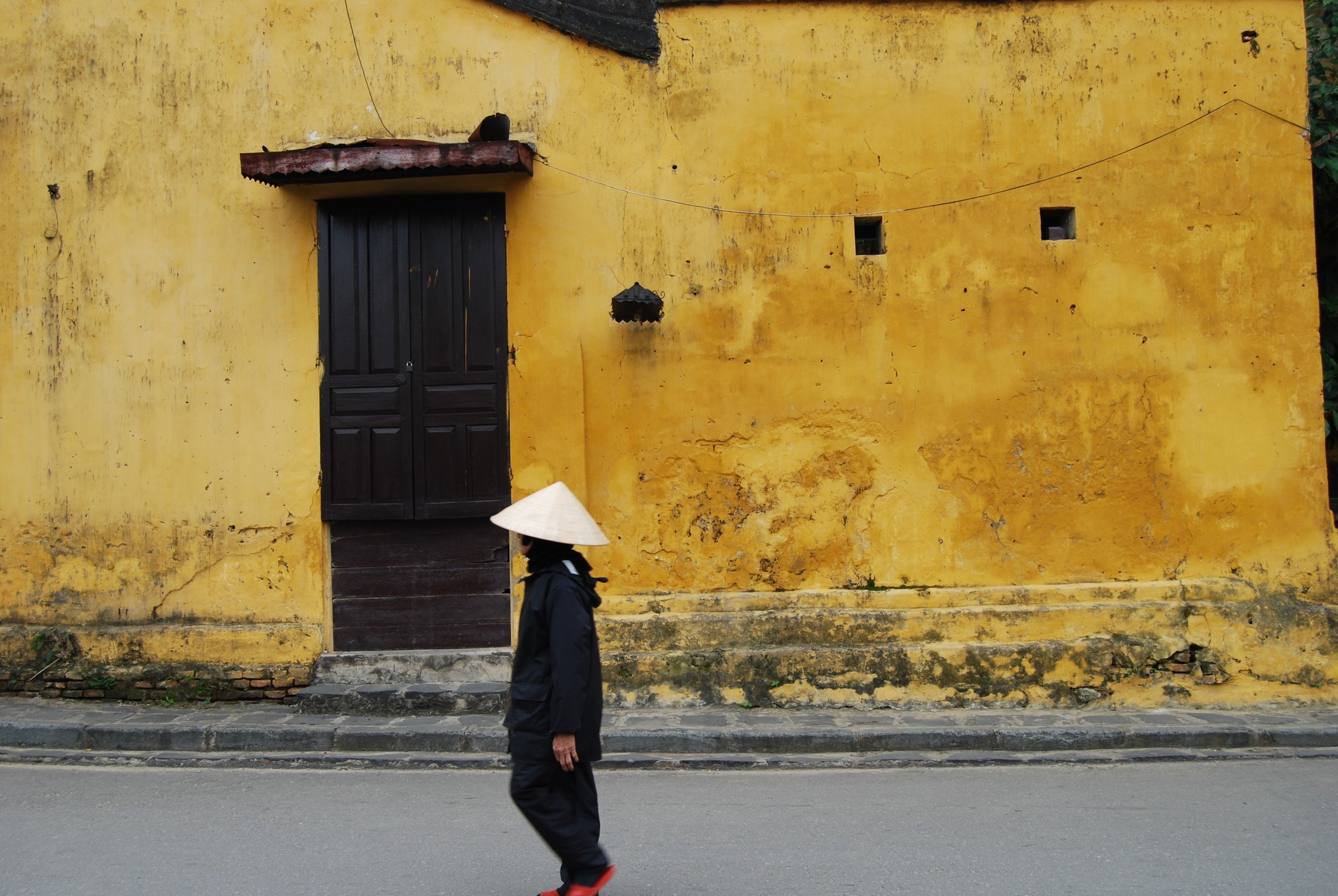
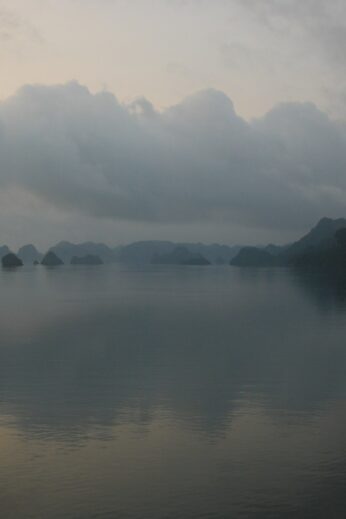
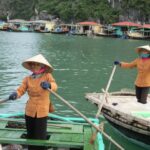




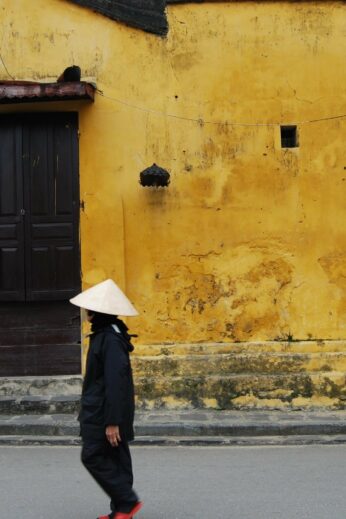
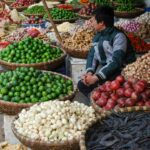
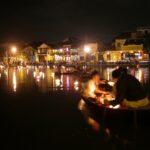
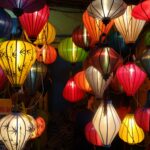
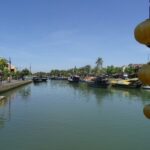

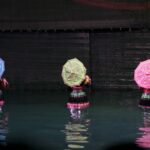

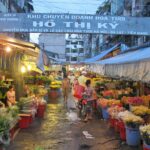
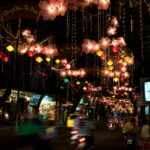
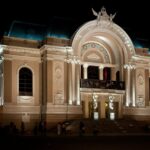



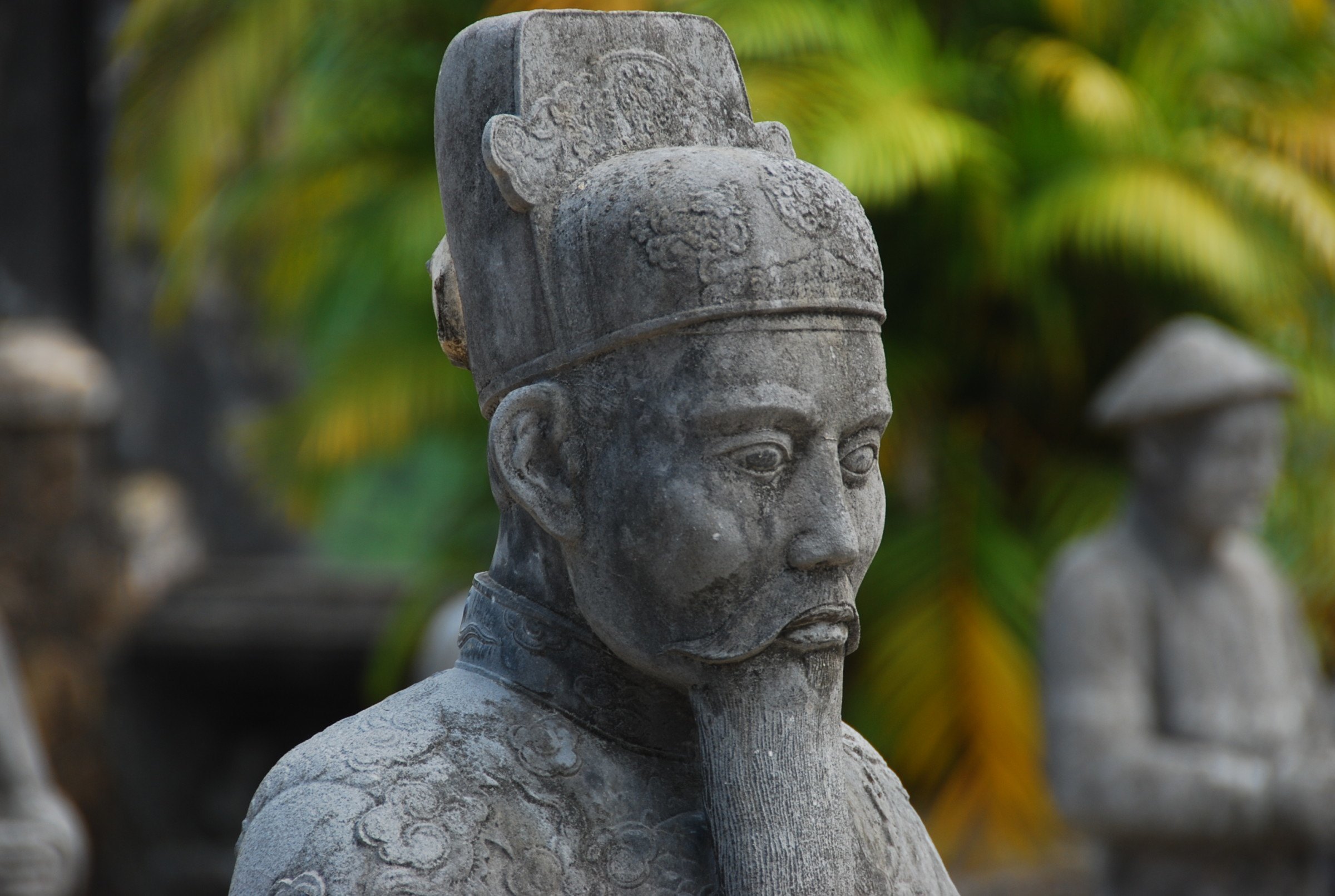

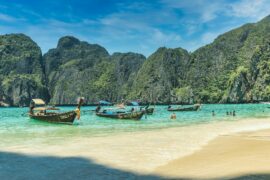

Reblogged this on TLF | Tho Loves Food.
Reblogged this on Life SE ASIA MAGAZINE .
I’m so glad my city (HCMC) features on this list 🙂 so many people see this place as just somewhere to pass through! Did you get a chance to explore some of the outer districts? D2 is weirdly different from the centre of town and some of the most interesting mixes of Vietnamese living can be found in D11 and D8
Couldn’t agree more – it’s definitely one of Asia’s most underrated cities!
Absolutely! So irritating though – i’s legit an amazing place.